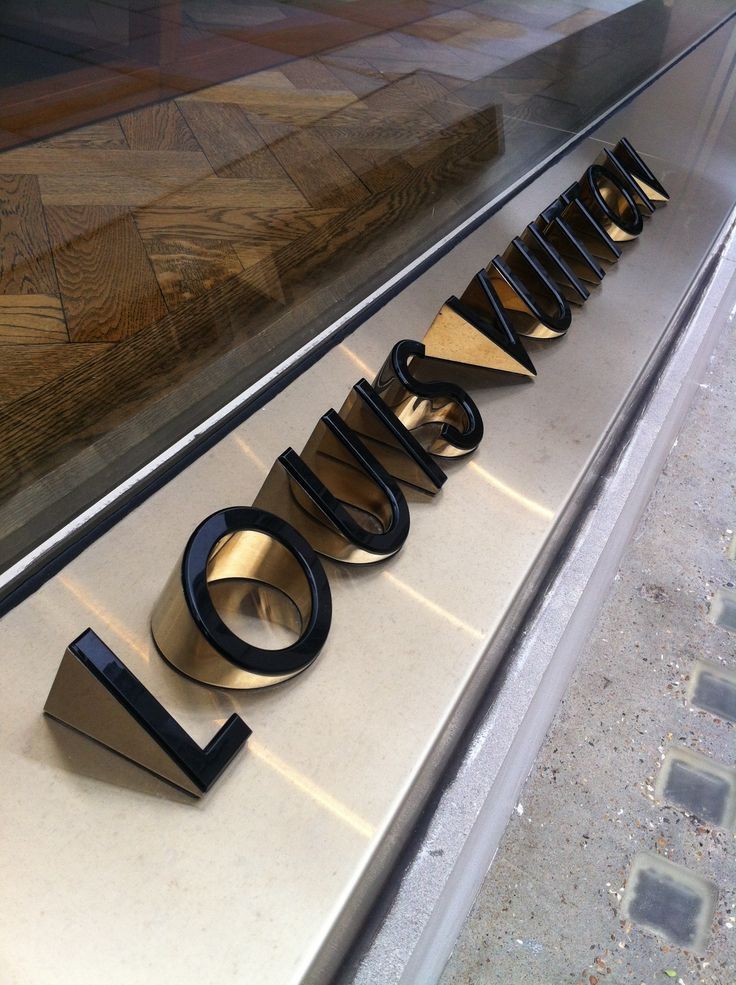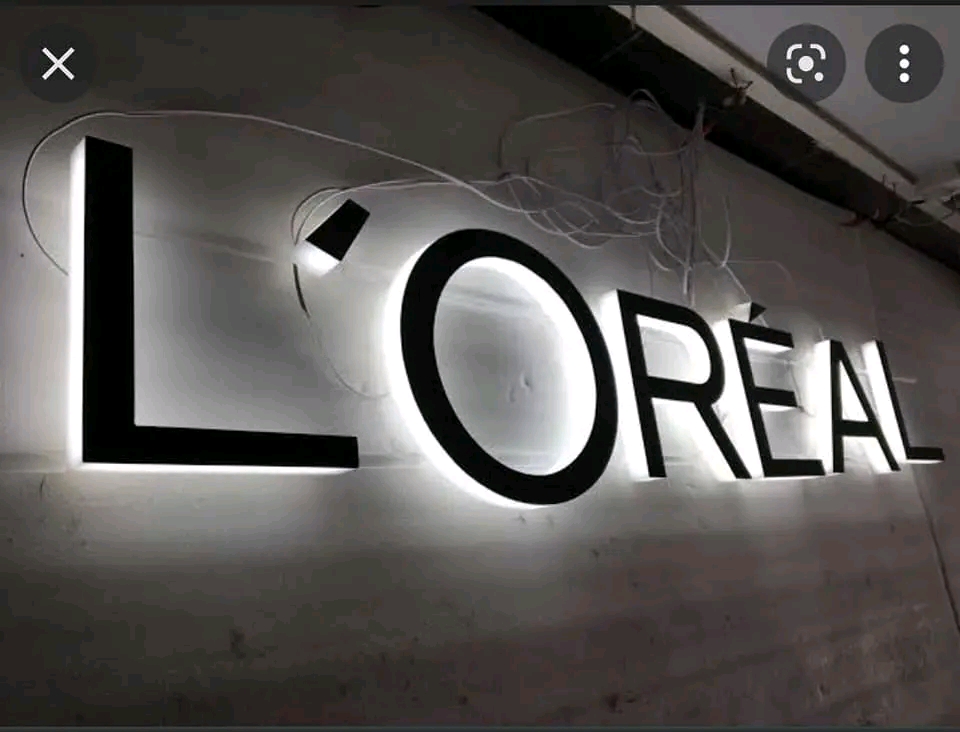3D shapes are the building blocks of the physical world around us. From architecture and design to everyday objects, understanding the three primary types of 3D shapes can enhance our comprehension of how these structures are formed and utilized. In geometry, 3D shapes are categorized based on their surface properties, dimensions, and structure, which determine how they interact with space and light. This guide covers the three main types of 3D shapes: polyhedrons, curved solids, and composite solids, along with their unique characteristics, examples, and applications. The 3 Main Types of 3D Shapes: Essential Forms and Their Uses in Design and Architecture
Understanding 3D Shapes and Their Properties
3D shapes, also known as three-dimensional shapes, have depth, width, and height, making them different from flat, 2D shapes. These forms exist in our physical world and possess volume and surface area. Knowing the different types of 3D shapes can be particularly useful in fields like design, architecture, and engineering, where spatial understanding is crucial.
Polyhedrons: Structured 3D Shapes with Flat Faces
Polyhedrons are a type of 3D shape characterized by flat, polygonal faces, straight edges, and sharp vertices. These shapes are widely used in architecture, art, and mathematics due to their defined structure and versatility.
Characteristics of Polyhedrons
- Flat Faces: Polyhedrons are made up of flat surfaces, or faces, which are typically polygons like triangles, squares, or pentagons.
- Edges and Vertices: The faces meet at edges, and these edges intersect at vertices, giving polyhedrons their defined form.
- Regular and Irregular Types: Polyhedrons can be regular (all faces are identical) or irregular (faces vary in size or shape).
Examples of Polyhedrons
- Cubes: A cube is a regular polyhedron with six square faces, twelve edges, and eight vertices. It’s widely used in construction and design for its symmetry and balance.
- Tetrahedrons: This shape has four triangular faces and is common in molecular models and architecture for its strong, rigid structure.
- Pyramids: Pyramids have a polygonal base (often a square or triangle) and triangular faces that meet at a common vertex. They’re iconic in architecture and design, symbolizing stability and strength.


Applications of Polyhedrons
Polyhedrons are popular in design and structural applications due to their balance and stability. Cubes and cuboid shapes are frequently used in furniture design, storage, and construction. Pyramids have historically been significant in architectural design, from ancient Egypt to modern minimalist structures, for their visual impact and stability.
Curved Solids: Smooth, Rounded 3D Shapes
Curved solids, as their name implies, have smooth, rounded surfaces and no sharp edges or vertices. These shapes are found frequently in natural forms and are used in design and architecture to achieve smooth aesthetics and ergonomic shapes.
Characteristics of Curved Solids
- Curved Surfaces: Unlike polyhedrons, curved solids do not have flat faces. Their surfaces are entirely rounded, which contributes to a seamless, fluid appearance.
- No Edges or Vertices: Curved solids lack the sharp edges and corners of polyhedrons, giving them a more organic feel.
- Symmetry: Many curved solids are symmetrical around an axis, making them aesthetically pleasing and aerodynamically efficient.
Examples of Curved Solids
- Spheres: A sphere is perfectly round and symmetrical, with all points on its surface equidistant from its center. It’s widely used in design for its simplicity and balance.
- Cylinders: Cylinders have two circular bases and a curved surface connecting them. They’re common in objects like cans, pipes, and pillars in architecture.
- Cones: A cone has a circular base and a pointed vertex, often used in traffic cones, funnels, and certain architectural designs for their streamlined shape.
Applications of Curved Solids
Curved solids are widely utilized in product design, architecture, and engineering. Spheres are often used in sculpture, decorative elements, and play structures due to their aesthetic appeal. Cylinders are a staple in construction, especially for columns and support structures, thanks to their efficient load-bearing properties. Cones are favored for both functional and aesthetic applications, including everything from roof designs to industrial equipment.


Composite Solids: Complex Shapes Formed from Basic Solids
Composite solids, also called complex or compound shapes, are formed by combining two or more basic 3D shapes. This category of 3D shapes allows for the creation of highly customized forms used in advanced design, manufacturing, and architecture.
Characteristics of Composite Solids
- Combination of Shapes: Composite solids are formed by merging different 3D shapes, such as a cylinder and a cone or a cube and a sphere.
- Versatility: The flexibility of combining shapes allows designers to create objects tailored to specific needs, whether for functional or aesthetic purposes.
- Surface Complexity: Composite solids can have both flat and curved surfaces, edges, vertices, or a combination of all three, making them highly adaptable.
Examples of Composite Solids
- Cuboid with Cylindrical Protrusion: This shape is common in furniture and industrial equipment, where one shape is merged into another to create multifunctional forms.
- Cone on a Cylinder (e.g., Traffic Cone): This combination is a practical shape often used in everyday objects, offering stability and functionality.
- Dome on a Cylinder (e.g., Observatory): This structure is common in architectural designs, especially in buildings like observatories and museums.
Applications of Composite Solids
Composite solids are invaluable in architectural design and product manufacturing, offering solutions that blend multiple functional shapes. In architecture, composite shapes are used to create visually interesting facades, unique building structures, and functional designs like domes and towers. In product design, these shapes allow for ergonomic designs that combine comfort with aesthetic appeal. The 3 Main Types of 3D Shapes: Essential Forms and Their Uses in Design and Architecture
Comparing the Three Types of 3D Shapes
Each type of 3D shape—polyhedrons, curved solids, and composite solids—has distinct features that make it suitable for specific applications:
- Polyhedrons are best for structures and objects requiring defined edges and symmetry, making them ideal for stable designs.
- Curved Solids are valued for their smooth, aerodynamic shapes, commonly used in applications that require fluidity, such as modern architecture and product design.
- Composite Solids offer the versatility needed to create unique, complex shapes, making them essential for advanced designs and multifunctional structures.
Practical Considerations for Choosing 3D Shapes in Design
When deciding on a 3D shape for a project, designers and architects consider several factors, including:
- Functionality: For example, polyhedrons are preferred in load-bearing structures, while curved solids offer ergonomic benefits.
- Aesthetic Appeal: Curved shapes bring a softer, more organic feel to designs, while polyhedrons provide structure and clarity.
- Complexity of Design: Composite shapes offer more design freedom, ideal for customized structures and intricate architectural details.
Applications of 3D Shapes in Everyday Life
3D shapes play a crucial role in various aspects of daily life, from the architecture of buildings to the design of consumer products. Here’s a closer look at how each type is used:
- Architecture: Polyhedrons and composite solids are common in architecture due to their stability and customizable properties. Curved solids are also popular for creating iconic, smooth structures like domes and arches.
- Product Design: Curved solids are frequently used in products that require comfort and ergonomic design, such as furniture and consumer electronics.
- Engineering: In fields like civil and mechanical engineering, each shape has unique advantages. Polyhedrons provide structural strength, while composite shapes allow for complex machinery and design versatility.
Conclusion
Understanding the three main types of 3D shapes—polyhedrons, curved solids, and composite solids—gives insight into the fundamental forms that make up our built environment. Each type of shape offers unique characteristics and applications, influencing how structures and objects are designed and constructed. By recognizing the strengths and applications of these shapes, designers, architects, and engineers can make more informed decisions, creating functional, aesthetic, and innovative structures that serve specific needs. Whether building a skyscraper or designing a piece of furniture, the choice of 3D shape plays a pivotal role in the outcome of any project. The 3 Main Types of 3D Shapes: Essential Forms and Their Uses in Design and Architecture




